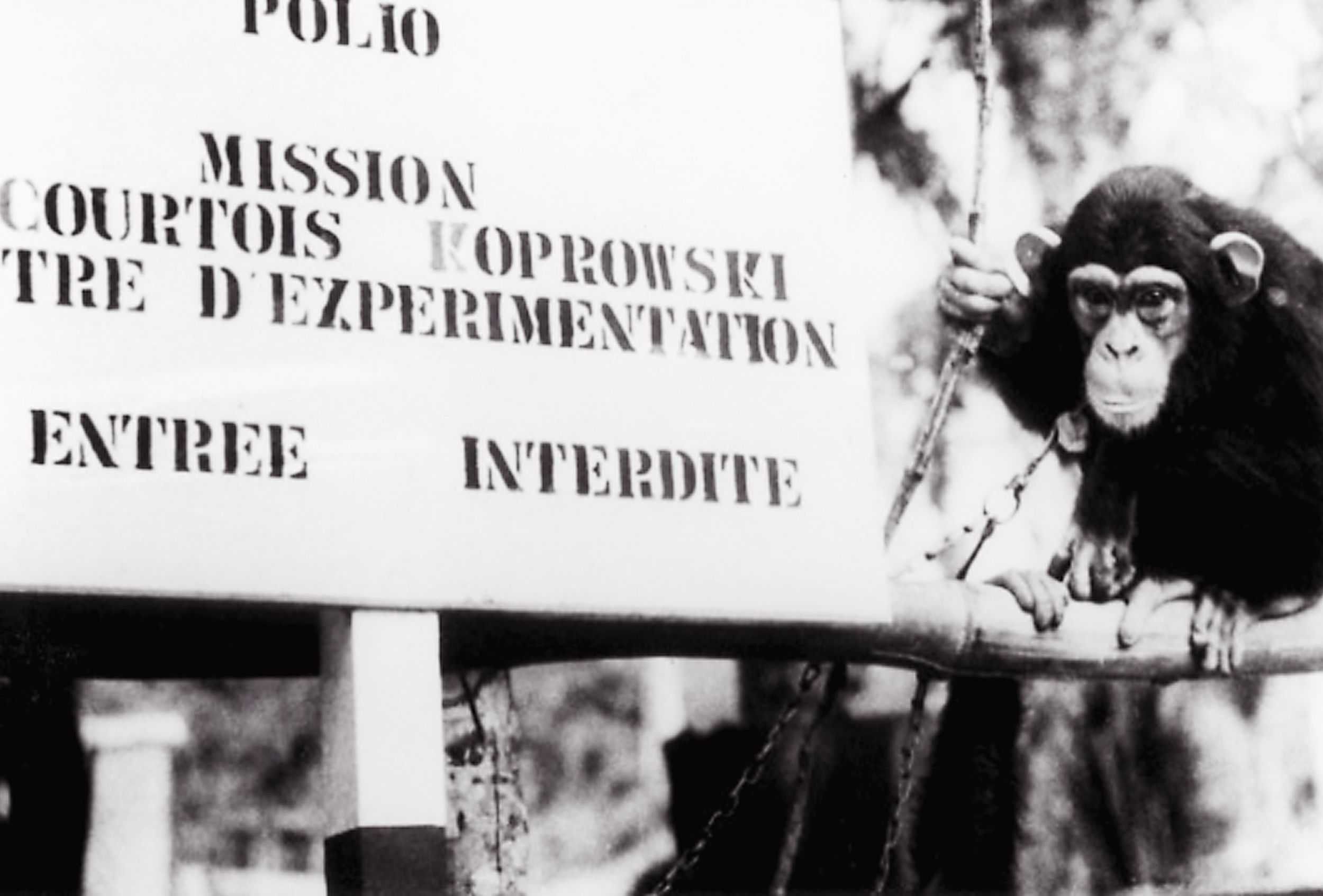
The Origins of Aids
The origins of HIV, the virus that causes AIDS, are as yet unidentified. It must have originated during contact between people and the genetically closely related chimpanzees, which were infected with the HIV-related SIV virus. The nature of this contact is uncertain. In the first half of THE ORIGINS OF AIDS, interviews with experts unfold the hypothesis that the virus was created by human hands in Africa in the late fifties, when developing a vaccine against polio. Investigative journalist Edward Hooper reached this conclusion in his book The River, but in September 2000 it was derided at a scientific conference in London. In the second half, the documentary conducts research on location. The assertions by Hilary Koprowski, the originator of the polio vaccine, turn out to be questionable. In her laboratory in Stanleyville, in then Belgian Congo, Koprowksi needed tissue from monkey kidneys to produce the vaccine. For this purpose, she allegedly used Rhesus monkeys from the Far East. But her staff members attest that in the immediate vicinity hundreds of chimpanzees were captured for laboratory use. Subsequently, the vaccine was extensively tested on the Congolese population, in the region where twenty years later the AIDS virus would erupt. The question is whether the fight against one disease caused the emergence of another.